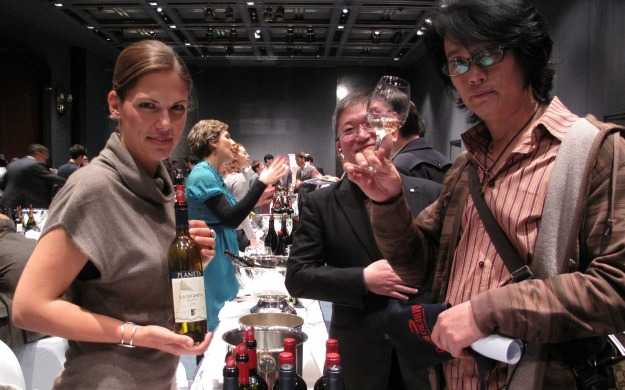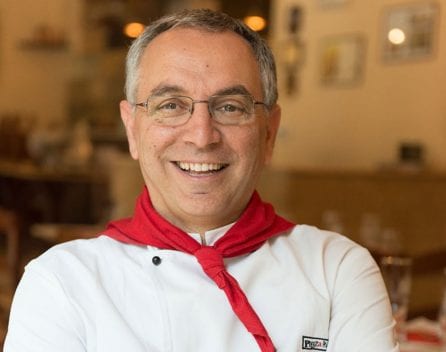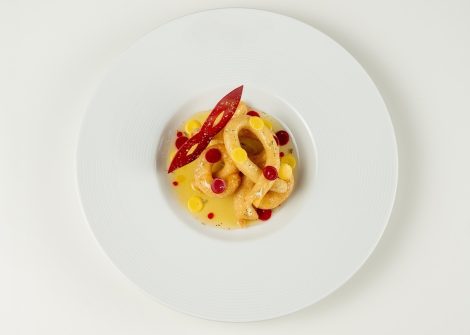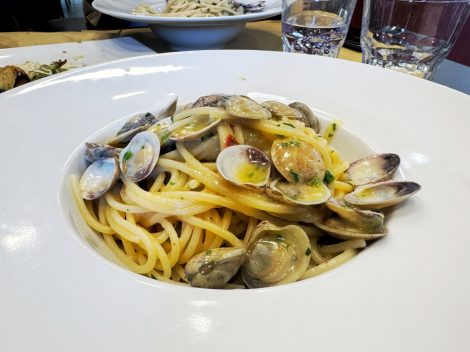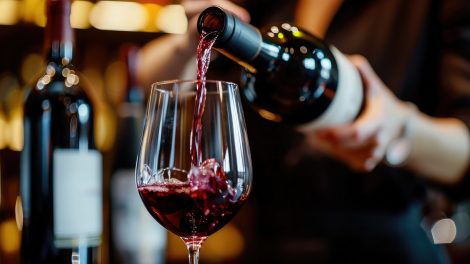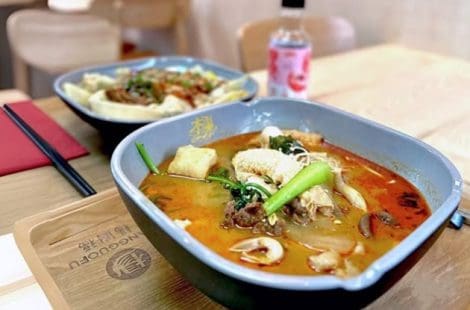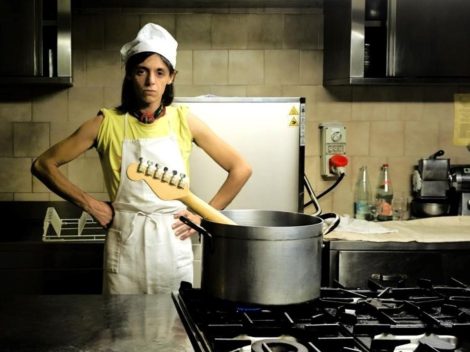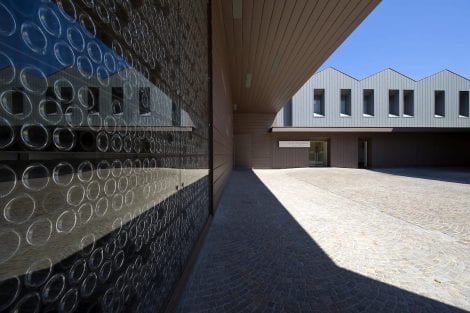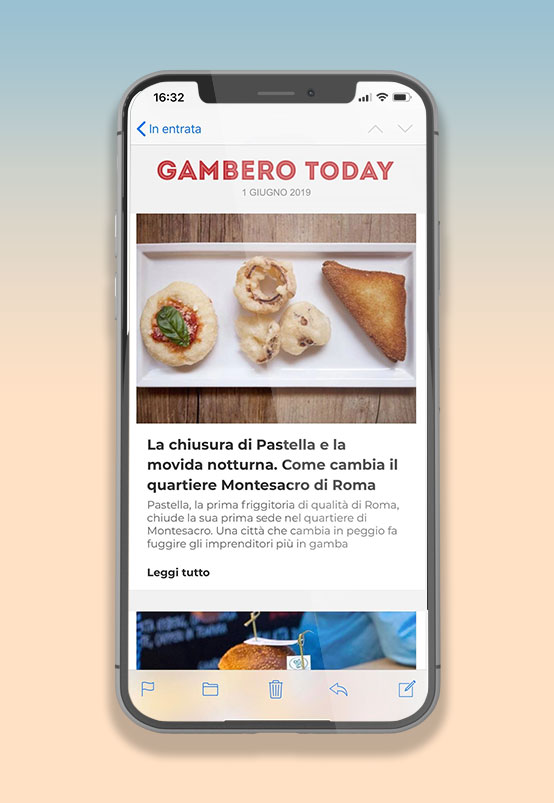ether with Japan, were the country's calling cards. An extraordinary number of Korean cars began to appear on the roads of Italy and all of Europe. South Korea is a rich country, with all economic indicators proving the point. The size, style and cleanliness of Seoul's international airport, Incheon, are immediately impressive. Korea is growing rapidly and has attained one of the highest standards of living in Southeast Asia. But it is still growing. Seoul's metropolitan area, the largest in the world, after Tokyo, is home to over twenty million inhabitants. A fourth of the country's people live in Seoul itself, a city traversed by the majestic Han River.
Life pulses in Seoul's streets 24 hours a day, its shops and factories often working around the clock. The so-called “Miracle of the Han River” brought this country out of the horrors of the civil war. Officially the war is not over: the two sides respect a truce and the 38th parallel border is still patrolled by American Marines. The nation is divided in two, as Germany once was. But South Korea today can compete with the world's richest countries, with their currency, technology, automobiles, electronics and more. Along the way, Koreans have discovered the allure of western models. In the last fifteen years, wine has become commonplace in restaurants and bistrots, as well as on the tables of middle- and upper-class families. The Koreans love fashion, design and classical music, especially opera; they passionately study western art and culture. Their lifestyles reflect the hard-won prosperity, curiosity and open-mindedness of the people. Alongside their own solid, healthy, well-articulated traditional food, Seoul hosts the cooking of the entire world, including 700 Italian restaurants. Over half of these are run by Italians. Wine consumption, which amounts to close to a liter per capita annually, could easily double in a short time. In 2008, a record 167 million dollars worth of wine was imported, although that amount shrank over the next two years due to the international financial crisis. However, the first six months of 2011 showed consumption growing vigorously. The 2011 year could close with above 400,000 hectoliters of total wine imports (in 2008, 385,000 hectoliters were imported). One factor in this surge is the recent agreement between South Korea and the European Union to remove the 15% tax on imported wine. The Free Trade Agreement will give a sizable boost to the sector's growth.
Today, France is in first place on the Korean marketplace with 27.8% in terms of value, followed by Chile with 25% and Italy, third, with 17.3%. But the percentage of French wine imported in recent years has been falling while Italian wine is increasing: a 9% growth in 2010 over 2009. Little by little, the Koreans are choosing wine over their traditional drinks such as beer, soju (a rice distillate), whisky and mak-gul-lee, an unfiltered rice wine. The country has a strong web community focused on wine, and dozens of popular blogs. Every year many wine books are published, wine clubs abound and all the universities offer opportunities to taste and learn about wine. The Korean Sommelier Association plays an important role, creating hundreds of new professionals every year. France, Chile, Spain and the United States are deeply involved in the training process and of course encourage familiarity with their own wines by backing various programs as well as financing study travel and internships in their countries. The scene is a lively one and offers thousands of opportunities, as Matteo Romitelli, First Secretary in the Italian Embassy in Seoul, underlined in his opening speech at our event. Romitelli, who later attended our master class for professionals, pointed out that Koreans are also enthusiastic about wine because they see it as a healthy beverage, thanks to the beneficial effects of moderate drinking (this is true above all for red wines, that in fact, account for over 70% of consumption). Wine also offers many interesting pairings with traditional Korean dishes.
The number of importers has increased dramatically, from about 200 to 375 over the last two years, although this includes many small individual firms. Growth like this shows the great potential of the market and the Koreans' faith in its continued expansion. Wine bars crowded with young people are proliferating and tasting courses at every level are popular, especially with women. Many opportunities for Italy abound, as the Italian ambassador, Sergio Mercuri, pointed out in his closing remarks. Italian Style fascinates Koreans, but the presence of producers, and initiatives that sustain wine training courses are important factors in achieving a prime position in this key market of southeast Asia.
1 November 2011

